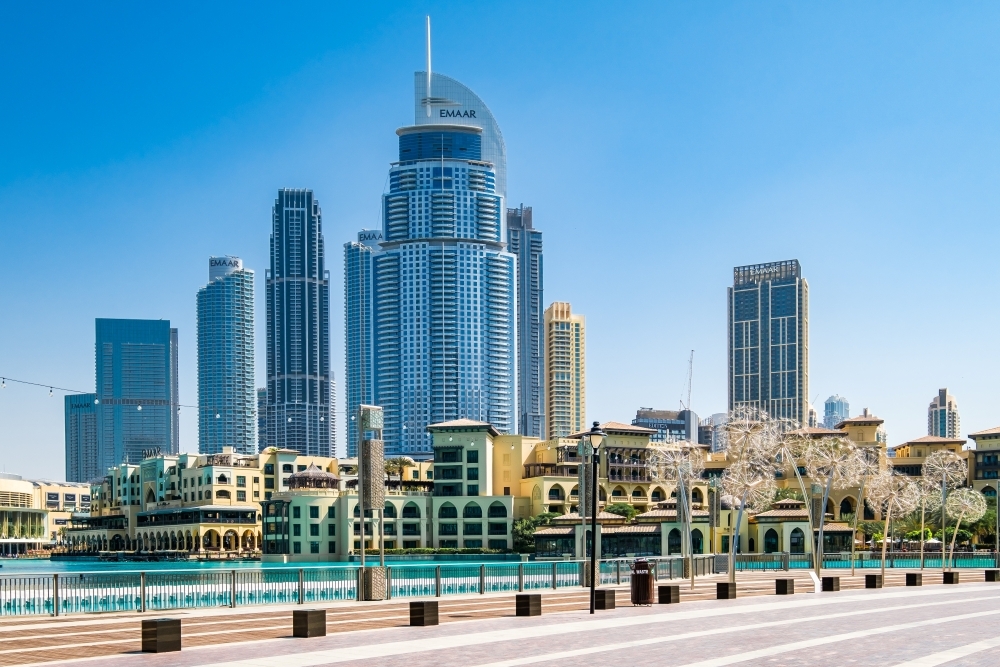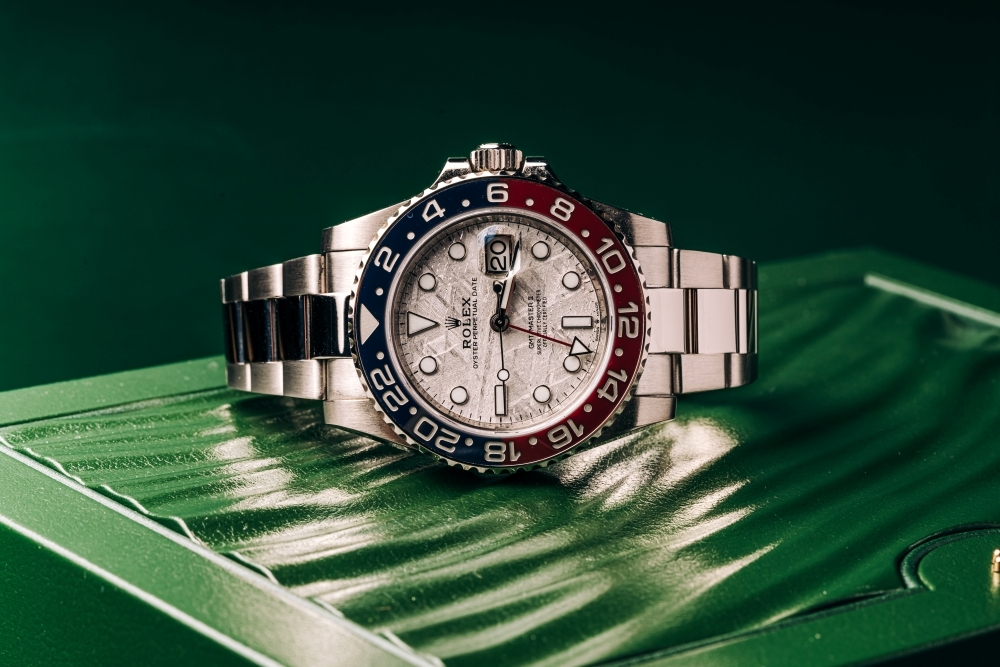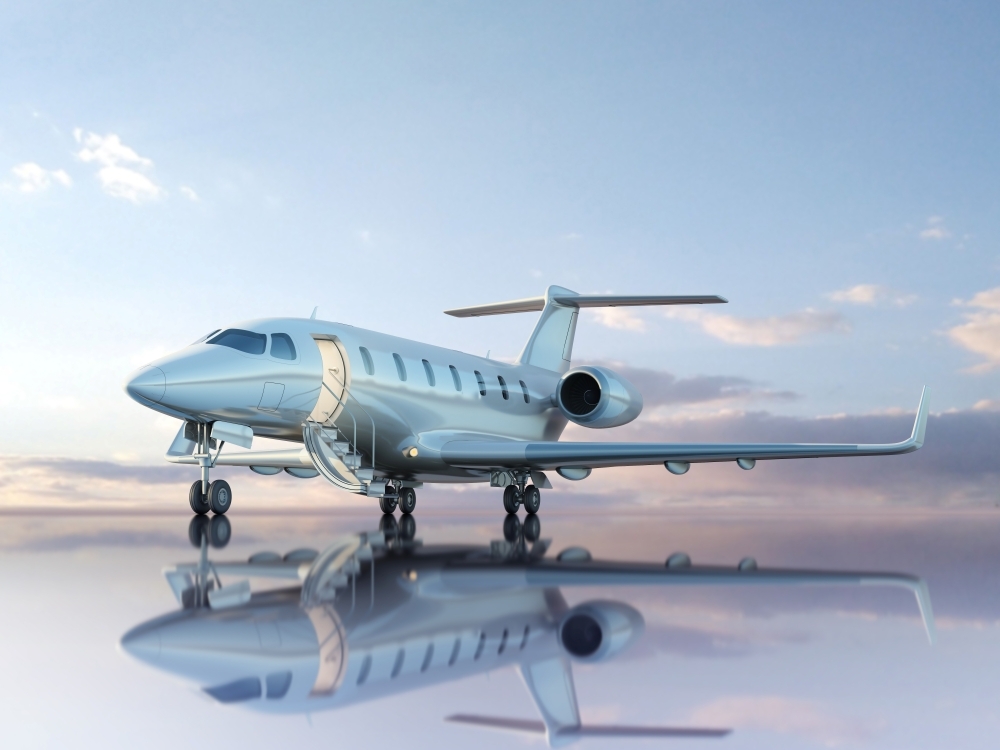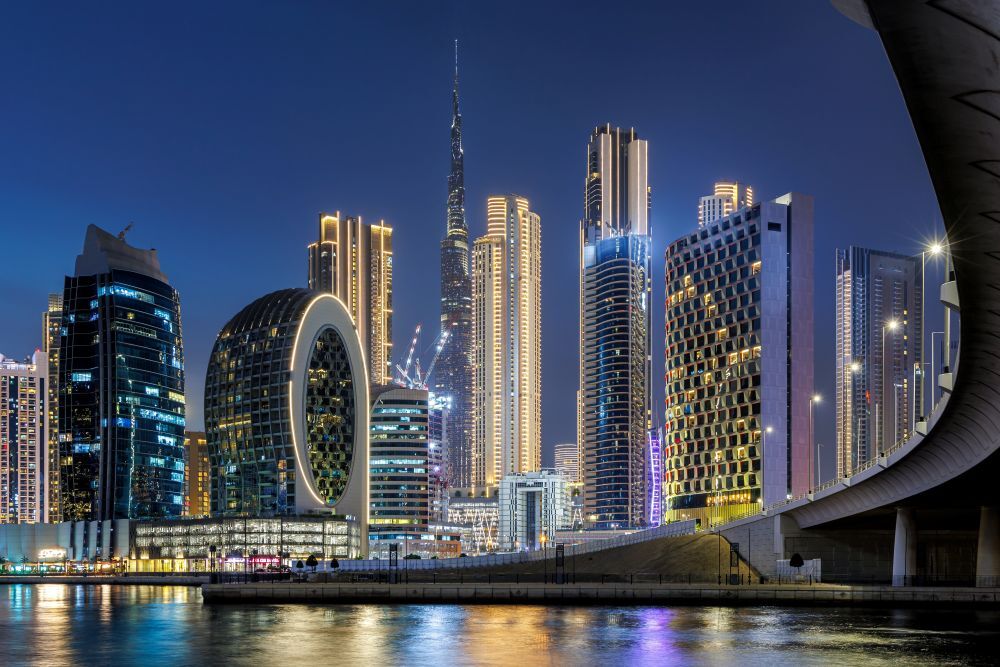Most Expensive Steak in the World
Originating from the Old Norse word 'steik,' meaning 'to roast on a stake,' the concept of steak dates back to the 15th century. Fire, smoke, and mouth-wateringly tender bites have long defined a perfect steak, with the cost varying by cut, quality, and cattle pedigree.

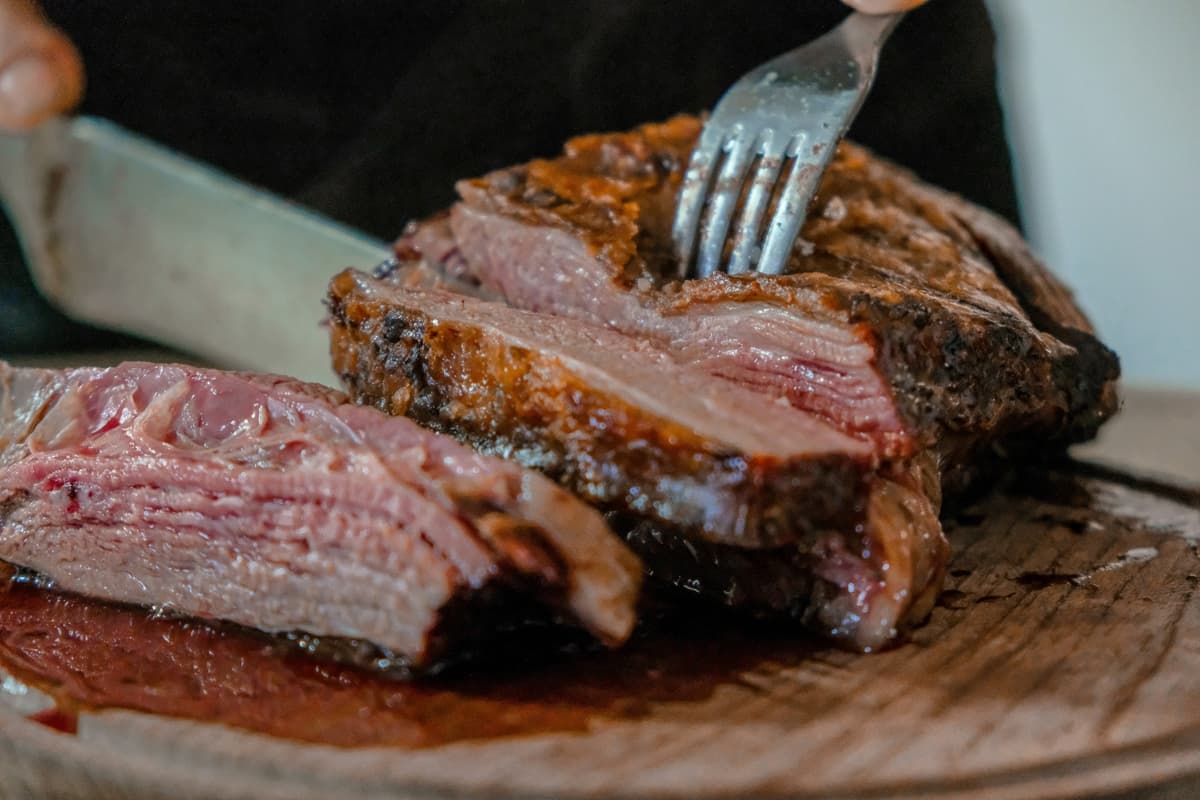
8 of the Most Expensive Steak Cuts
This guide showcases the most expensive steaks in the world, and their provenance, cherished for exceptional flavour, tenderness, and luxurious marbling.
1. A5 Kobe Beef ($480 – $700 per pound)
The history of Kobe beef began in 1868 when an Englishman in Kobe, Japan, decided to eat beef from local cows, a novelty since the Japanese diet then excluded meat. Initially used as draught animals, these cows produced meat that became famed for its superior quality and taste. Kobe beef, derived from the Tajima strain of Japanese Black cattle, is strictly raised and processed in Hyogo Prefecture. Only 3,000 cattle annually meet the stringent standards to be certified as Kobe beef. The highest grade, A5, represents the best of Kobe beef, showcasing exceptional marbling, tenderness, and flavour. This grade is determined by factors such as colour, fat content, and texture. The rarity, stringent certification, and superior quality contribute to A5 Kobe beef's status as the most expensive steak in the world.
2. Olive A5 Wagyu ($300 – $550 per pound)
Olive A5 Wagyu is one of the rarest and most expensive steaks, costing over $300 per pound. Produced on Shodoshima Island in Japan's Kagawa Prefecture, it comes from just 1,700 Sanuki cattle. These cattle are fed a unique diet of dehydrated and roasted olive mulch, a by-product of the local olive oil industry. This special feed imparts a distinctive flavour to the beef, characterised by a nutty taste with hints of olive oil and a rich umami flavour. The meat is known for its exceptionally tender texture and high oleic acid content, resulting in fantastic marbling. Due to its scarcity and unique production process, Olive Wagyu is difficult to source, even for the finest restaurants.
Read Also :
Most Expensive Nike Shoes
3. Miyazakigyu A5 Wagyu ($190 – $300 per pound)
Miyazaki A5 Wagyu beef, known as Miyazakigyu, is among the world's finest and most luxurious brands of beef. This highly sought-after beef is famed for its intricate, snowflake-like marbling and buttery, tender texture. Produced from Japanese Black cattle raised in Miyazaki Prefecture, only those graded A4 and above qualify as Miyazakigyu. These cattle are exhaustively cared for over 30 months and fed a precise diet of wheat, rice, corn, and barley to promote marbling. Miyazakigyu won the Wagyu Olympics in 2007 and 2012 and the Prime Minister's Award for Excellence three times consecutively, solidifying its top-tier status.
4. Japanese Kobe Beef ($250 – $450 per pound )
All grades of Kobe beef are expensive because they are produced from specially bred and meticulously raised Tajima cattle, confined to Kobe, Japan. Even the lowest grade, C1, costs around $250 per pound, reflecting the overall exceptional quality. Kobe cattle receive extensive care from speciality breeders for up to 10 months, followed by farmers who fatten them for 2 to 3 years to achieve an ideal weight and fat content. This prolonged, costly process contrasts with the quicker timeline of conventionally raised cattle. Additionally, their specialised diet of rice, hay, and grains further contributes to the higher production costs.
Read Also :
Most Expensive Richard Mille Watches
5. Takamori Drunken A5 Wagyu ($200 – $350 per pound)
Takamori Drunken Wagyu is one of the world's most expensive steaks, renowned for its extraordinary flavour and tenderness. Raised on the Iwakuni farm in Japan's Yamaguchi Prefecture, these cattle are fed a unique diet that includes sake mash from the Dassai Sake Brewery. This fermented mash, given to the cattle in their early weeks, imparts a distinctive flavour and tenderness to the meat. Afterwards, the cattle graze naturally, further enhancing their quality. The result is a tender, silky texture with a sweet, light flavour. Takamori Wagyu's exceptional quality earned it the "Fat Quality" award at the 2012 Wagyu Championships.
6. Hokkaido A5 Wagyu ($180 – $210 per pound)
Hokkaido A5 Wagyu is famous for its "snowy" marbling, which reflects Hokkaido's winter landscape. Raised in the pristine, cold conditions of Hokkaido, this Wagyu has a more delicate taste compared to Kagoshima or Miyazaki Wagyu, offering a buttery finish with a perfect balance of sweetness and savoury umami. Similar to Hokkaido's famous butter, the beef literally melts in your mouth. Hokkaido Wagyu is tender, juicy, and has a beautiful colour and delicious marbling. Its higher unsaturated fat content and abundant Omega-3s contribute to its luxurious texture and flavour, making it one of the most sought-after Wagyu varieties in Japan.
Read Also :
Most Expensive Shoes in the world
7. Wagyu Beef ($150 – $200 per pound)
Derived from four Japanese cattle breeds – Japanese Black, Brown, Shorthorn, and Polled – Wagyu beef is one of the most expensive meats in the world due to its exceptional marbling and premium quality. Selective breeding and meticulous care, including specialised diets, enhance the beef's tenderness and taste, featuring high levels of healthy omega-3 and omega-6 fatty acids, giving it a sweet, umami flavour. Wagyu is graded on meat yield and marbled fat quality, with the highest grades, A4 and A5, commanding top prices. Varieties like Kagoshima and Omi Hime also attract consumers, priced between $150 to $200 per pound.
8. American Wagyu Beef ($100 – $150 per pound)
American Wagyu originated from a shipment of Wagyu cattle to the U.S. in 1993, providing the genetic foundation for the breed in the country. Unlike purebred Japanese Wagyu, American Wagyu results from crossbreeding Wagyu with Angus cattle, balancing tenderness, texture, and flavour. Raised on a special vegetarian diet for over 400 days, American Wagyu achieves the beloved marbling of Japanese Wagyu but with a more robust, beefy taste since the fat content is comparatively less than its Japanese counterpart. In contrast, Japanese Wagyu is fed for over 650 days on a secret diet and presents a higher marbling and a more delicate flavour. The main difference between the two comes in the flavour profiles, but American Wagyu is still considered real wagyu and is highly priced for its superior quality.
Read Also :
World’s Most Expensive Countries
Final Thoughts
The world of steaks is as rich and varied as the cuts themselves, each offering a unique experience of flavour and tenderness. These premium steaks not only highlight the art and extensive efforts of raising these cattle but also elevate every dining experience, for meat connoisseurs and all those who know a good steak when they see one.
